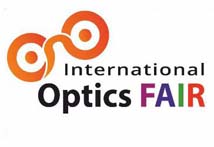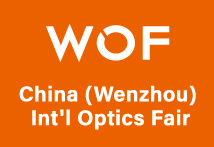CooperVision Reveals Extensive Scientific Program at BCLA 2025
_(2).jpg)
CooperVision revealed its far-reaching scientific program for the 2025 BCLA Clinical Conference & Exhibition, which runs from June 5-7 in Birmingham, England. The 21 papers and posters reflect the company’s breadth of research and development investments across several of the most compelling topics in eye care, including myopia, astigmatism, presbyopia, and sustainability.
“Our participation in this year’s BCLA centers on helping people experience life’s beautiful moments through vision. That company-wide goal inspires our research teams and partners to pursue a deeper understanding of the human eye, innovative technologies to improve sight, and novel approaches that can help the clinical community meet the needs of current and prospective patients,” said Francis Erard, Vice President of Research & Development for CooperVision.
A global leader in myopia management,1 CooperVision-driven insights have been instrumental in shaping how the eye care profession addresses the issue. Professor Philip Morgan of Eurolens Research at the University of Manchester will present a new study that fitted myopia control spectacles with skin and ambient temperature sensors to precisely determine wearing times, which are associated with treatment efficacy. A number of demographic factors were determined to influence compliance to spectacle wear, with shorter wearing times observed among boys and children with lower refractive errors. These findings may support prescribing decisions, helping eye care professionals maximize myopia control potential among specific patient groups.
With toric soft contact lenses for astigmatism2 representing about a third of all soft lens fits,3 eye care professionals can benefit from understanding how the performance of a material used for a sphere lens compares to the same in a toric design. This is especially important considering that soft toric contact lenses have different thickness profiles for orientation stability. Ocular Technology Group–International (OTG-i) led a clinical study to determine diurnal comfort response and on-eye wettability between CooperVision® MyDay® sphere and toric lenses, assessed at seven time points over a 10-hour period for comfort and at the 10-hour point for surface de-wetting kinematics. Investigators determined that both designs exhibited similar levels of on-eye wettability and diurnal variation in comfort. This may encourage eye care professionals who appreciate MyDay® sphere benefits to address the needs of astigmatic patients with MyDay® toric.
Advances in multifocal contact lens design to correct presbyopia4 naturally lend themselves to requests for more information about certain performance characteristrics. CooperVision scientists, in collaboration with OTG-i, enrolled 45 presbyopes to wear MyDay® daily disposable multifocal with the Binocular Progressive System™ and Biofinity® multifocal with Balanced Progressive® Technology in random order over one week. Measurements of distance and near monocular and binocular visual acuities under different contrasts and lighting environments determined that the visual performance of both designs were not correlated with pupil size. As such, pupil size variability across presbyopes is not a key ocular variable to consider when fitting MyDay® multifocal and Biofinity® multifocal.
As part of its global commitment to sustainability,5 CooperVision is continuously exploring approaches to operate in ways that bring more value to both people and the planet.*6 In support of this mindset, a team from the company built on prior work to identify opportunities to decrease the carbon emissions from contact lens production through different materials, energy supplies, and packaging approaches. Their analysis determined that transitioning to renewable and/or certified lower-carbon alternatives could reduce the carbon footprint of certain contact lenses by nearly 25%, showcasing the transformative potential of materials selection, operating processes, and supplier collaboration while maintaining functional integrity.
Abstracts of the complete CooperVision scientific program for BCLA 2025—including the 2025 BCLA Da Vinci Award-winning work designed and supported by CooperVision regarding contact lens type and blinking patterns on tear film stability and halos—are available at CooperVision BCLA 2025 .
In addition to its scientific presentations, CooperVision is also highlighting myopia management as part of its exhibition floor stand and through multiple company-led educational sessions. These include Professors Ian Flitcroft, Nicola Logan and Philip Morgan presenting “A Myopia Story to Tell” on the mainstage on opening day (Thursday, June 5, 12 pm BST), and CooperVision’s Paul Chamberlain and Elizabeth Lumb exploring the next chapter of treatment during “Innovations in Myopia – Journey to Tomorrow” (Friday, June 6, 10: 30 am BST).
Held biennially, the BCLA Clinical Conference & Exhibition is the UK’s largest event dedicated to contact lenses and the anterior eye. It regularly attracts some of the brightest minds in science, academia, and industry to explore technological innovations, attend professional education sessions, and connect with top manufacturers.

.jpg)
1.jpg)
.jpg)
.jpg)
.jpg)
.jpg)
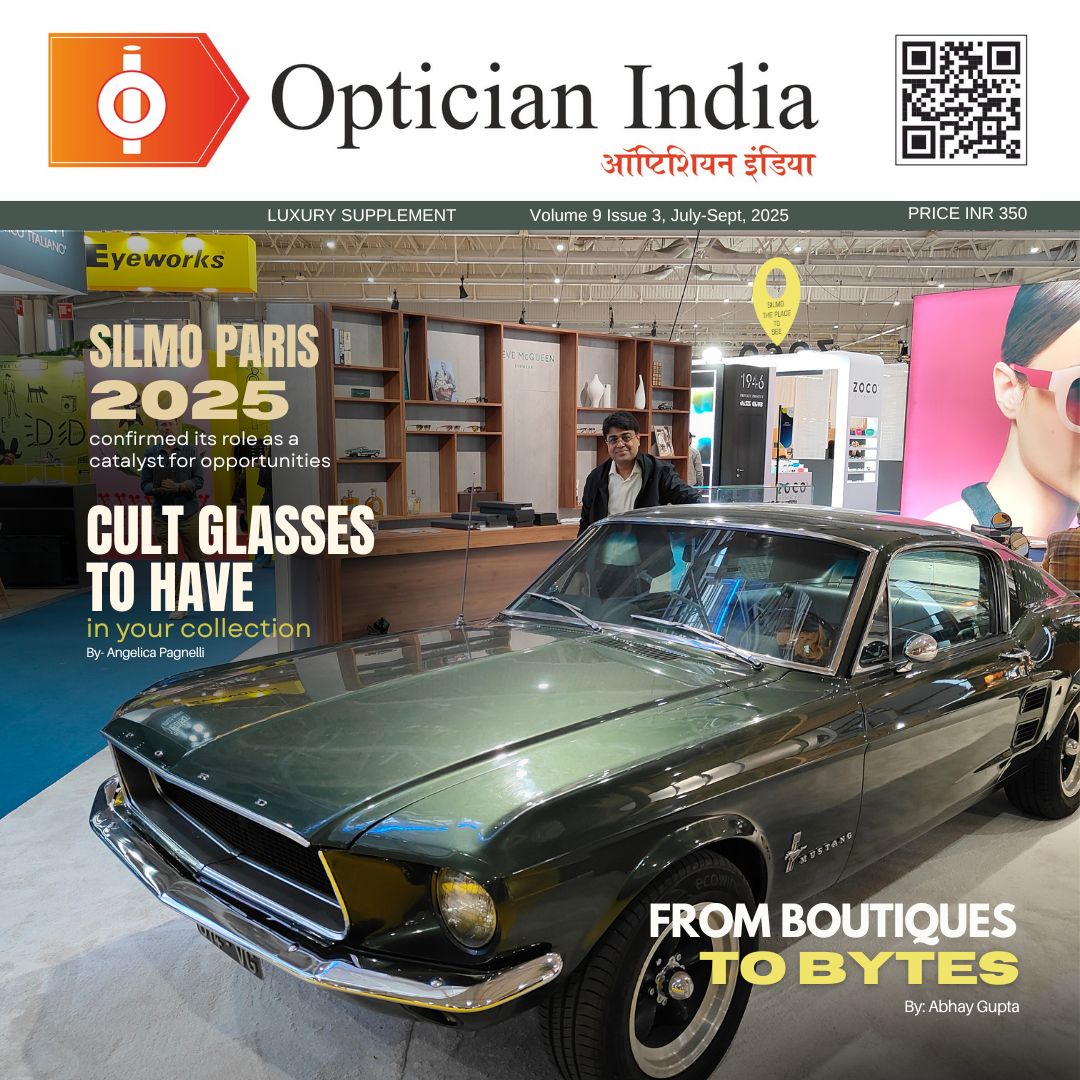

1.jpg)
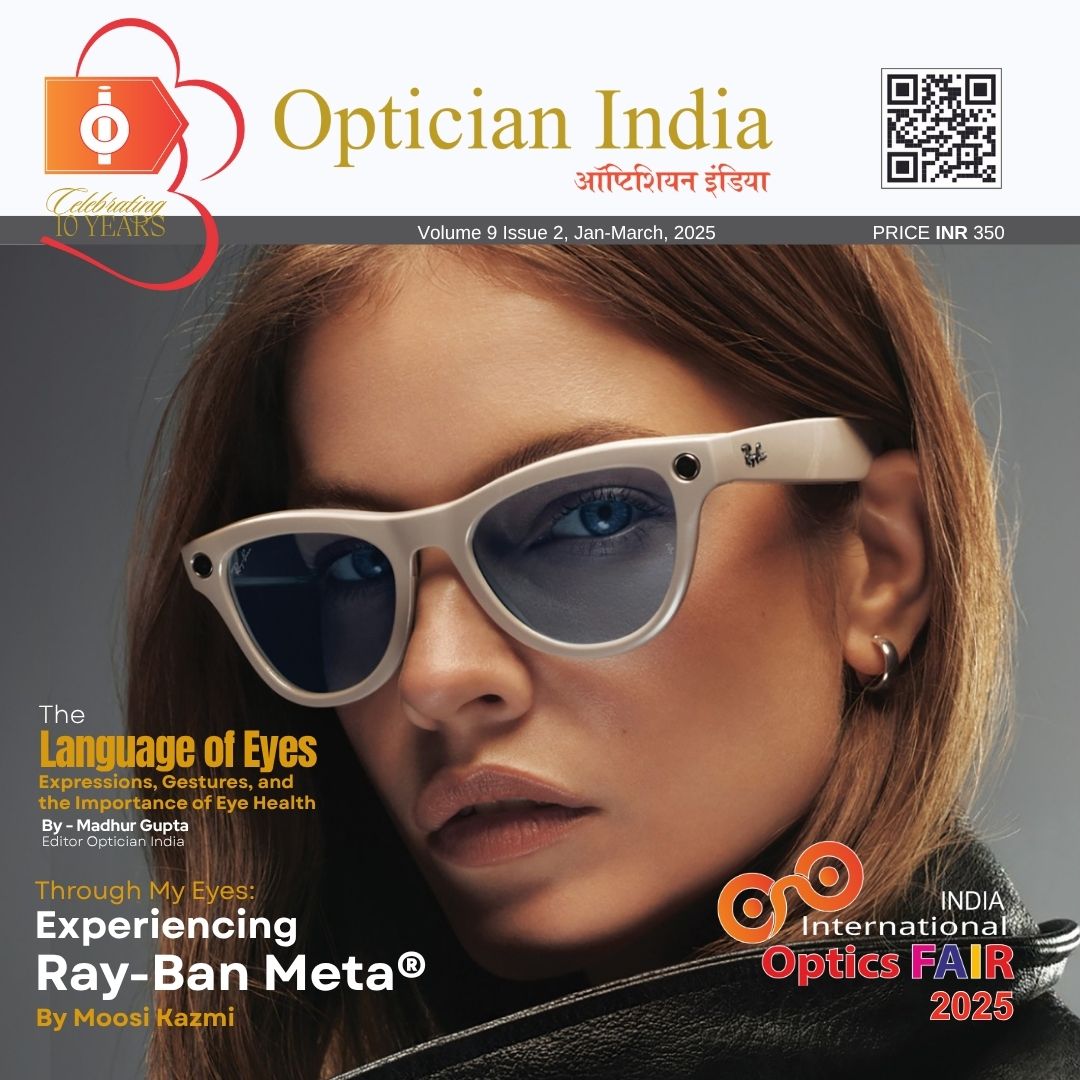


.jpg)
.jpg)

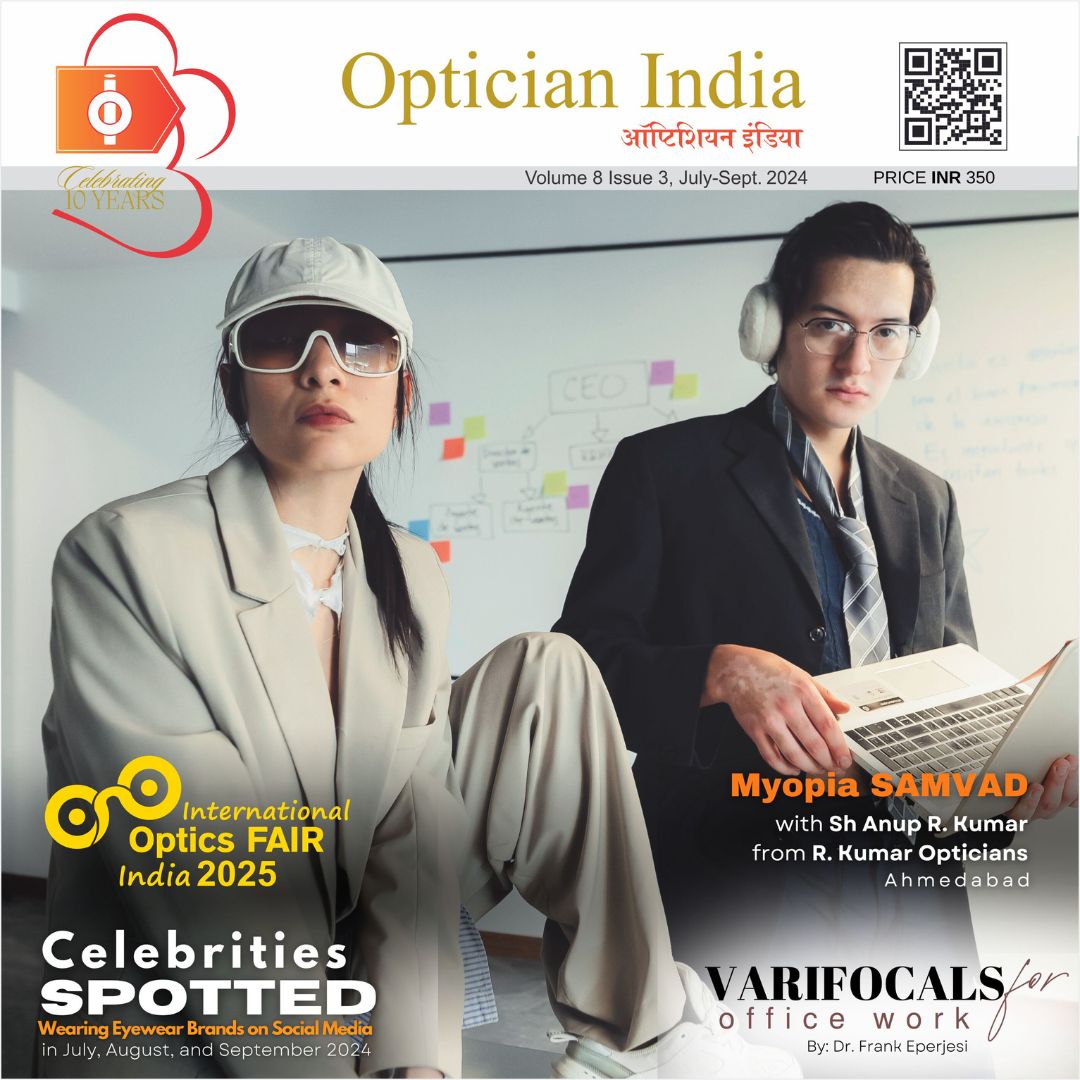

_(Instagram_Post).jpg)
.jpg)
_(1080_x_1080_px).jpg)


with_UP_Cabinet_Minister_Sh_Nand_Gopal_Gupta_at_OpticsFair_demonstrating_Refraction.jpg)
with_UP_Cabinet_Minister_Sh_Nand_Gopal_Gupta_at_OpticsFair_demonstrating_Refraction_(1).jpg)

.jpg)
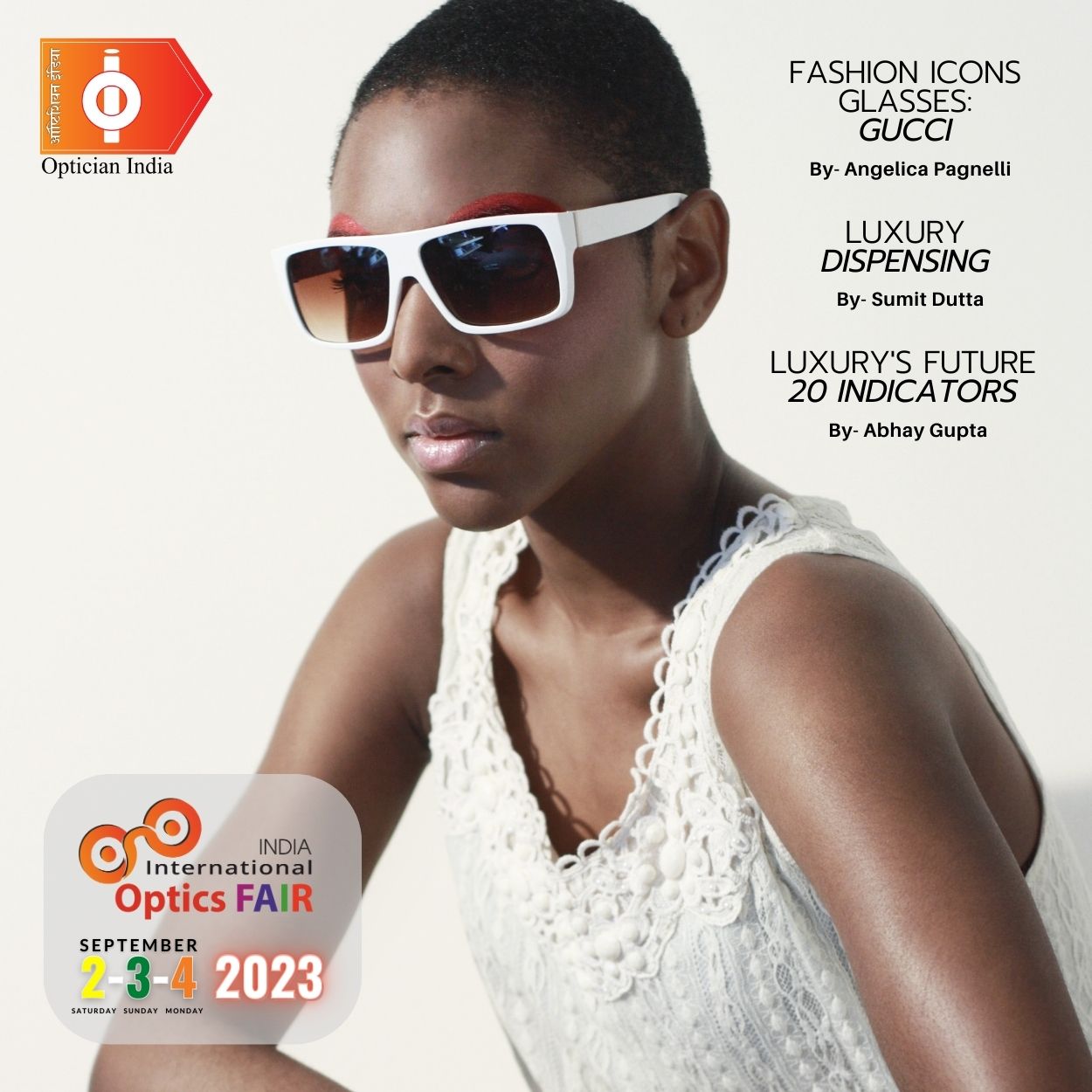




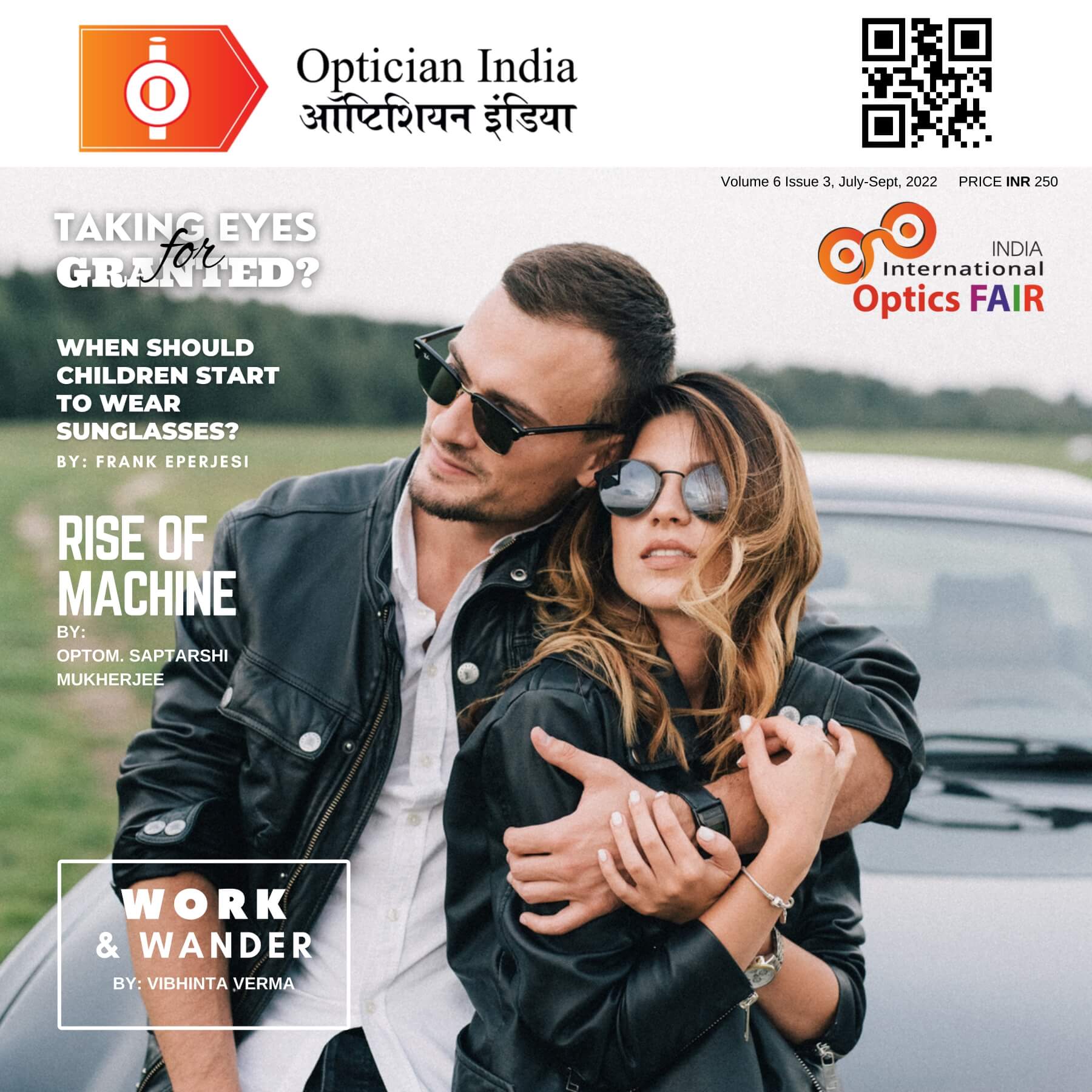
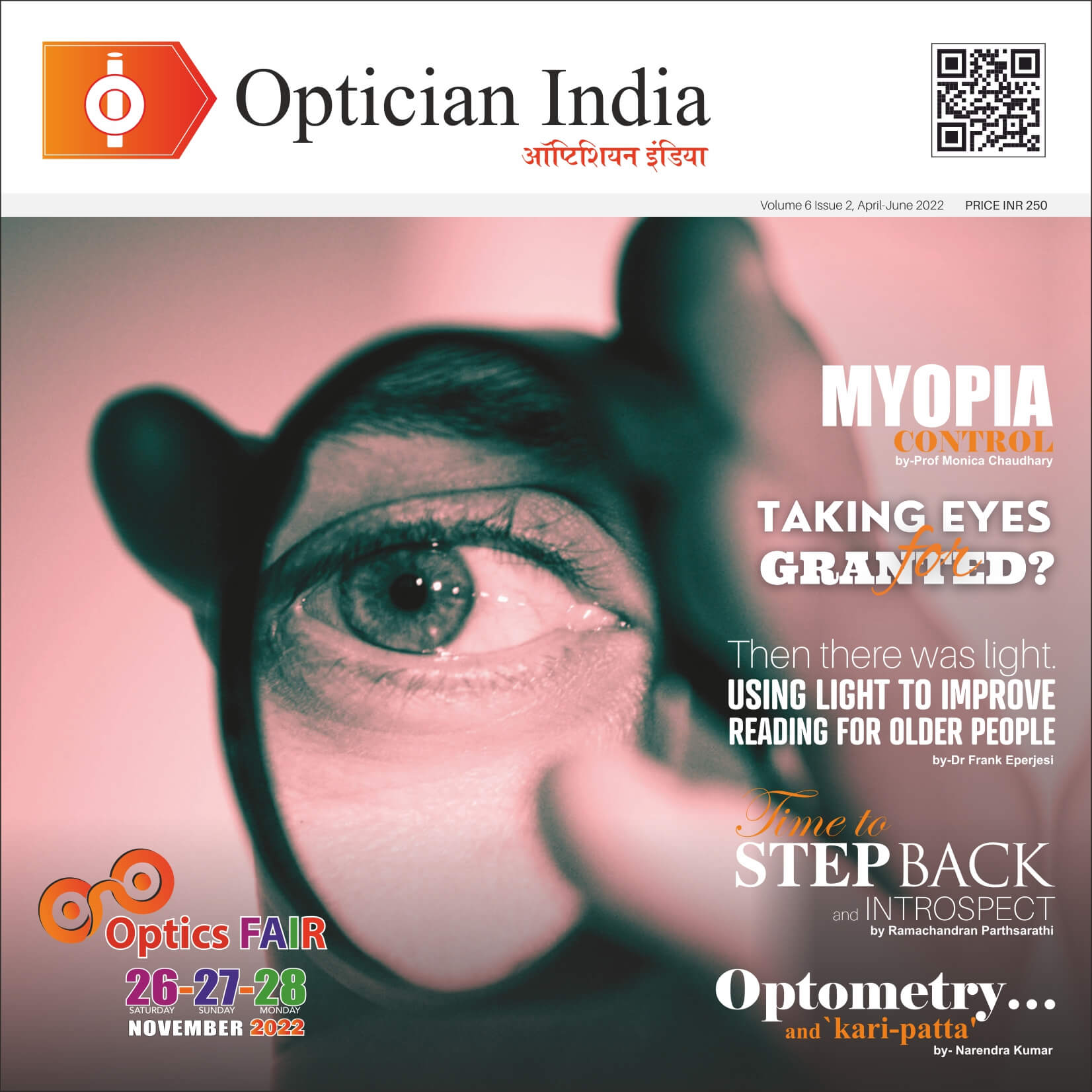
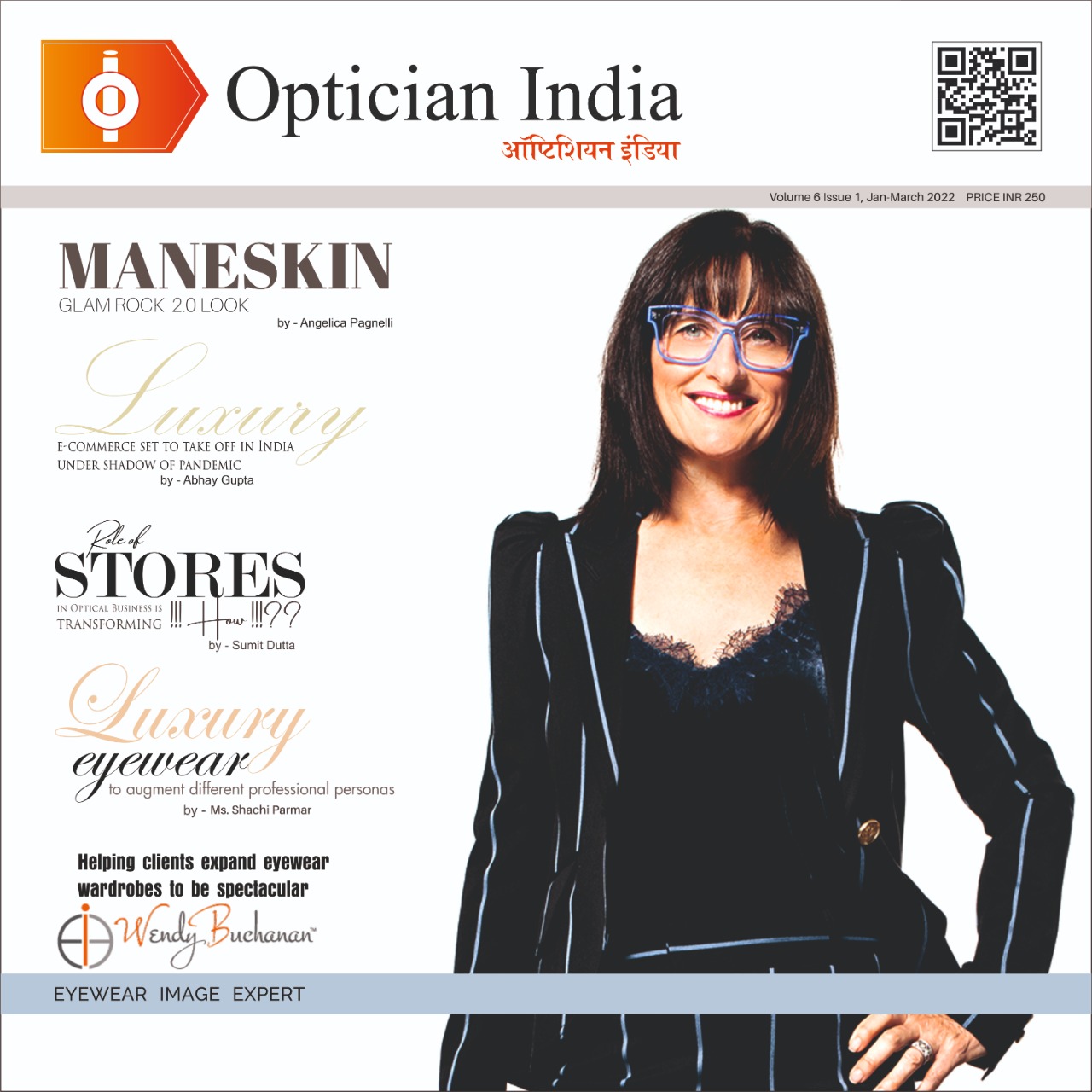
.jpg)
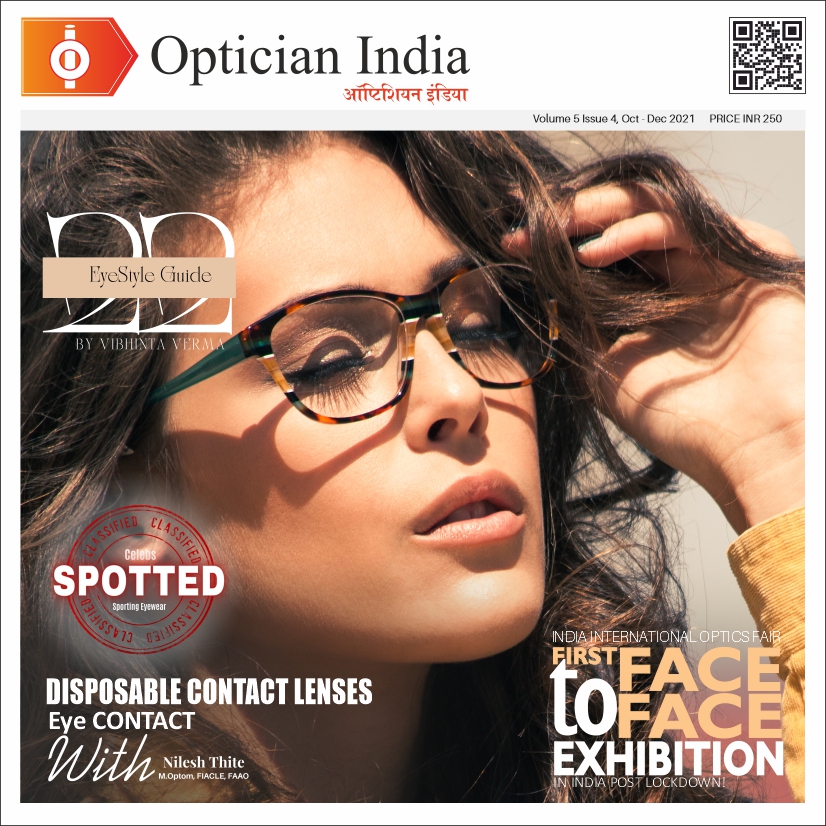
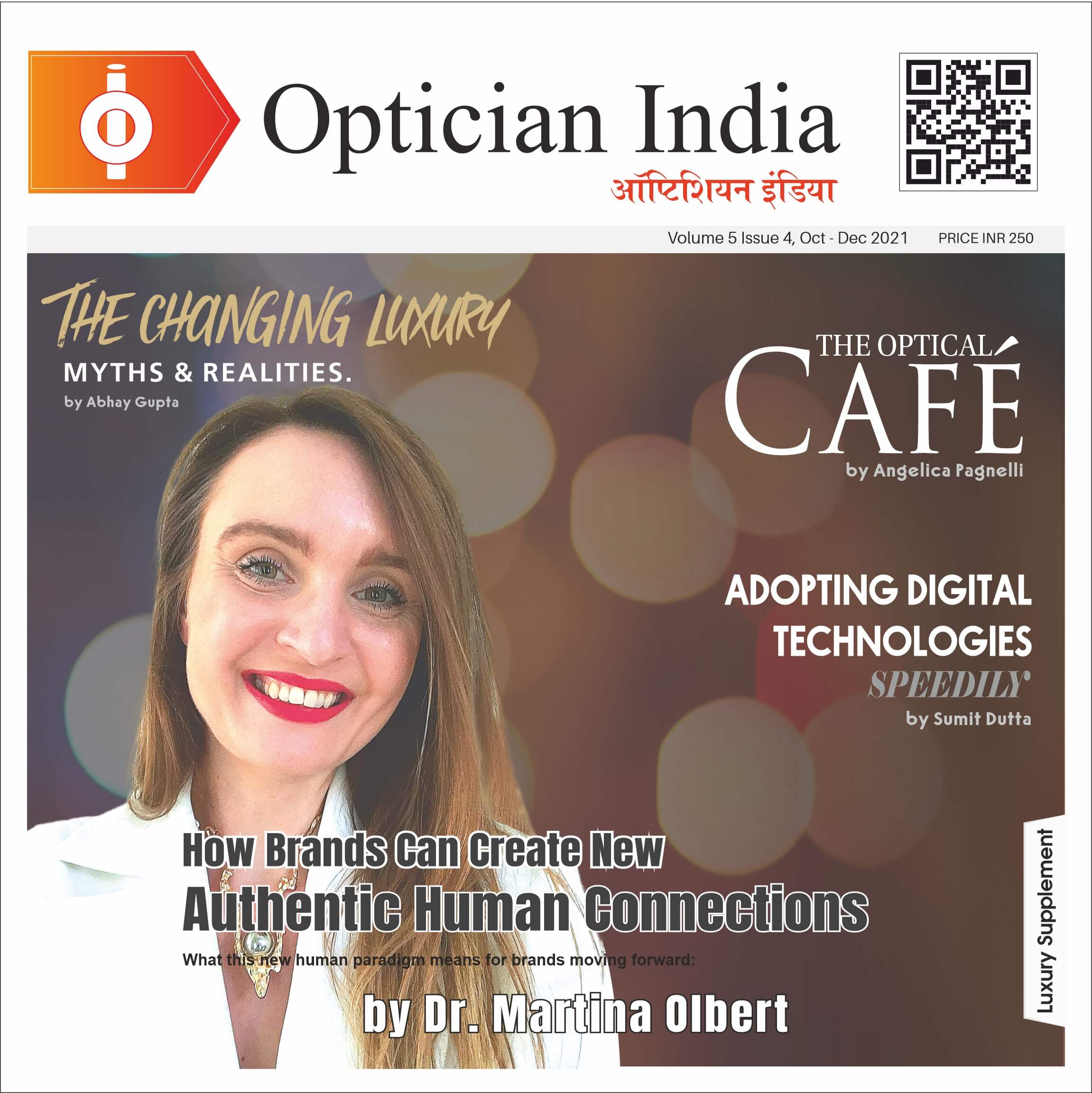
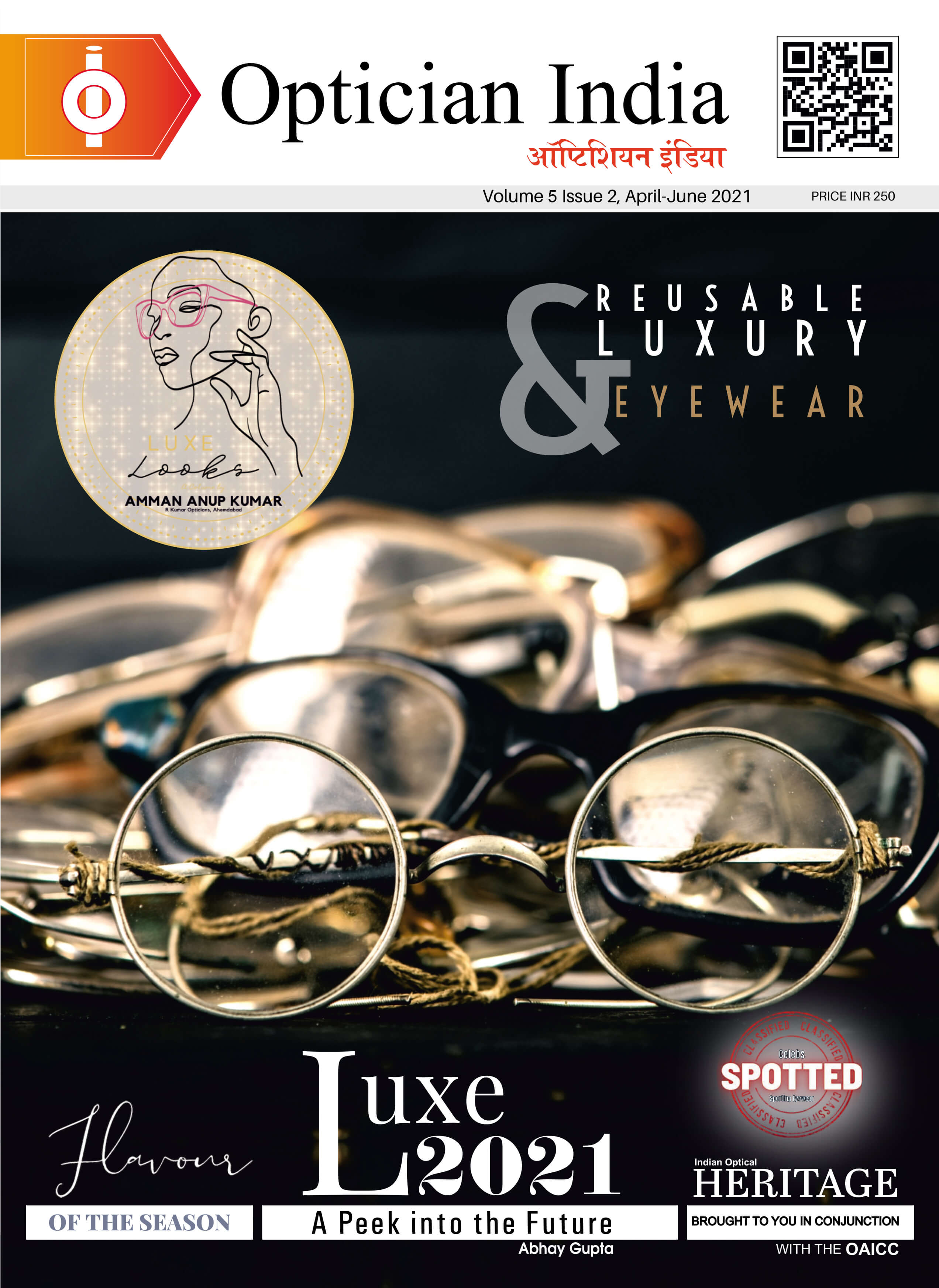
.png)
